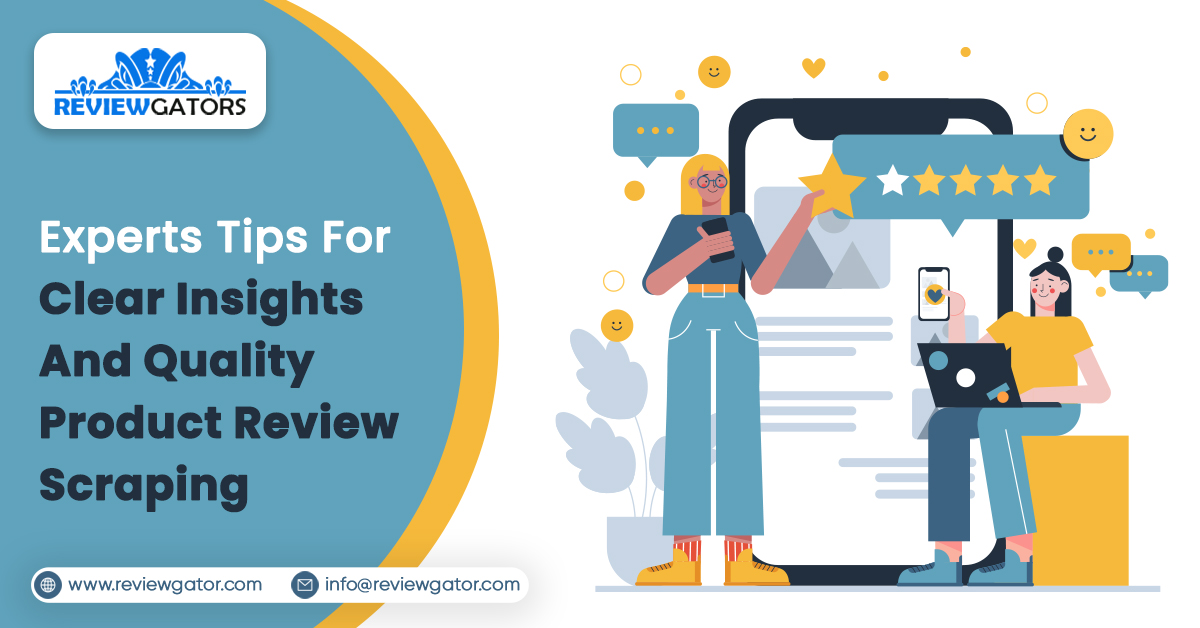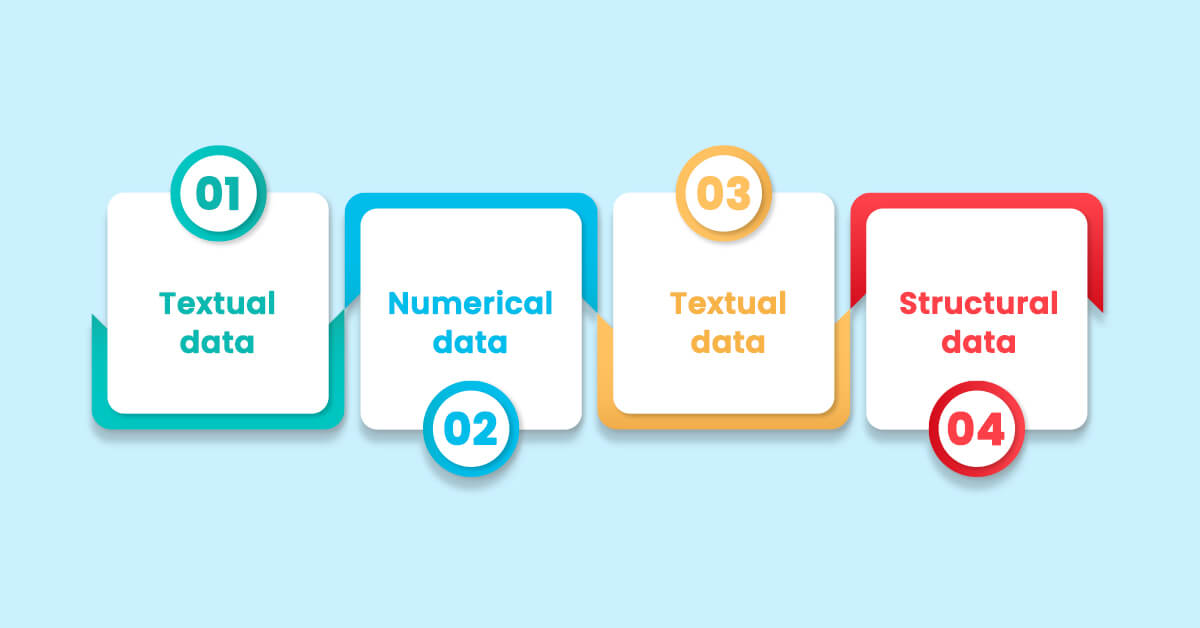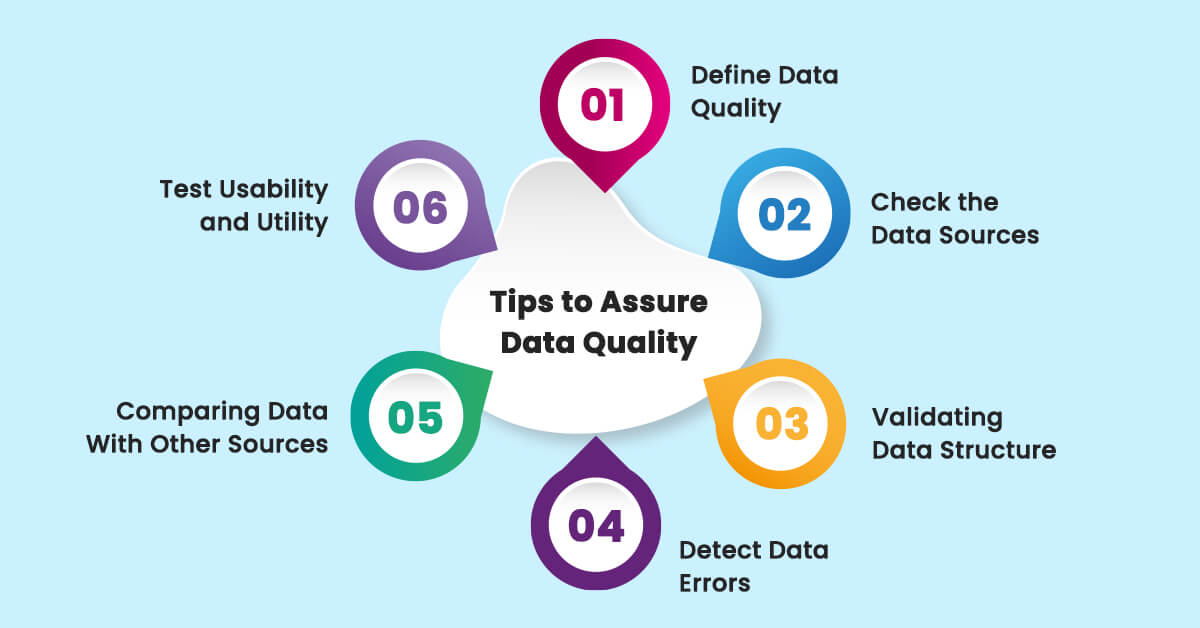Blog / Experts Tips For Clear Insights And Quality Product Review Scraping
09 Jan 2024

Are you drawing in an ocean of product reviews, to understand what users think about your product? Or to find the right product? In today’s fast-paced digital world, insightful customer opinions are just a click away. But sifting through millions of thoughts to understand hidden gems and fiery pitfalls of any product. That’s when Product Review Scraping comes into the picture, a powerful technique that extracts and compiles vital customer reviews from across the internet. With product review scraping you have well-organised data with actionable insights, but not all scraped data is equal. Quality is the key and without the right tool you would end up with a pile of incomplete and inaccurate data. In this blog we navigate through the concept of product review scraping and unleash the secret to optimise data quality assurance.

Product Review Scraping is the process of collecting customers' opinions about products from sources like e-commerce platforms, forums, and websites. This helps businesses learn what customers like and don't like, which helps them improve their products, create better marketing campaigns, and make smarter choices. Automated tools and crawlers make this easier by quickly finding and sorting large volumes of review data. The data extracted can be broadly categorized into several key datatypes:
Textual data - This primary data type involves customers' written feedback and experiences with the product. In addition, it includes the name of the product, a description, and its features, which highlight the product's advantages and disadvantages.
Numerical data - This is feedback like ratings and likes, which show how good and trustworthy the product might be. The dates and times tell us when the reviews were written, so we can see if feelings about the product change over time and what people are saying about the product now.
Structural data - This information helps us look at specific things like product types, web addresses, and websites where reviews come from. Knowing where a review was written can help understand the reviewer's demographics.
Visual data - Some people might add pictures or videos to their reviews, which can show us more about what the product looks like or how it works. Emojis and reactions can also tell how someone feels about the product and add extra meaning to their writing.
High-quality product review information shows how customers feel about a product and what's good or bad about it. This data helps make informed decisions and build strong relationships with their customers. Here are some of the key attributes of quality review data.
Accuracy - Everything, from the rating stars given to reviewer names and timestamps, data should be correct and verified. There should be no spelling mistakes, repeated reviews, or fake users.
Completeness - Each review should have essential elements like the rating, what was written, when it was written, and who wrote it. If anything is missing, it makes the review less helpful.
Consistency - Using the same format for dates, ratings, and who wrote the review makes it more transparent and easier to understand.
Relevance - Reviews should focus on the product and its features, omitting irrelevant personal anecdotes or digressions.
Sentiment - Sentiment analysis or rating systems effectively capture the spectrum of positive, negative, and neutral opinions.
Depth - It should provide clear reasons, good and bad points, and exceptional experiences that help people deeply understand customers' thoughts.
Uniqueness - Reviews should avoid plagiarism or repetition. They should offer new ideas and different points of view.

Getting information from product reviews can help make decisions, but only if the data you collect is clean and reliable. Here are some expert tips to ensure the quality of your data, which can help you make the most out of these reviews.
Product review scraping is not just about collecting information; it's about ensuring it's accurate, complete, consistent, and relevant. Make sure your data reflects reality, not wishful thinking. You might have unique requirements and levels based on where your data comes from, what you want to use it for, and where it's going. It allows you to maximize the effectiveness of your data analysis, turning scraped reviews into actionable insights that drive success.
Review Data Extraction is helpful, but only when you use reliable information. Before you start Review Scraping, find trustworthy places to get your data. Keep in mind that not all review sites are the same – some might have fake or exaggerated reviews. Trustworthy sources usually have ways to make sure a review is real, like a badge for verified buyers. Also, the more often a site updates its reviews, the better and more relevant the data will be. By ensuring the reliability of your Data Sources, you can improve the accuracy of your Review Data Extraction process.
During Review Data Extraction, one essential point to consider is validating the format and structure of your data. There are some usual formats to save and organize text data, like HTML, XML, JSON, CSV, and TXT. For organizing text data, typical parts include tags, attributes, values, tables, lists, and headers. When scraping reviews from different sources, the data obtained might come in varied formats and structures. Assuring uniformity helps maintain data consistency, which is crucial for accurate analysis. Checking for data format and structure can help you spot errors early in the data extraction process. Any inconsistencies can be flagged and addressed quickly, avoiding inaccuracies later. Structured and well-formatted data is easier to use and understand. Consistent format and structure help integrate scraped review data with the existing database smoothly, ensuring seamless data flow.
Spotting mistakes in data during Review Data Extraction is important. Finding mistakes early helps you avoid problems that could ruin your analysis and keep your data correct. When you eliminate errors, your information is clean and can be used for more learning. If you're good at spotting and correcting mistakes in data, it makes the information from the Review Data Extraction process better and more trustworthy. This results in getting cleaner, more reliable information from your review scraping work, which helps you make well-informed choices.
Checking your data against other sources is a super-helpful tip for making sure your data is accurate, especially when extracting reviews. This means looking at the data you've gathered and comparing it with info from different places to ensure it's correct. You can look over reviews for similar products or competitor brands to identify trends and customer sentiments. You may need to revisit your extraction process or source if you find inconsistencies between the two sources. Participate in online forums, social media groups, and product-specific discussions to gather direct customer feedback and validate the experiences reflected in your scraped reviews. By embracing multiple perspectives, you'll navigate the review landscape with clarity, ensuring the reliability of your insights and the success of your decision-making.
When scraping product reviews, it's not just about quantity; it's about quality and usability. This ensures the data is complete and helps make informed decisions. Also, make sure the data is easy to read and understand, which translates to faster interpretation and action. Use your chosen scraping tools to collect a modest sample of reviews from your target websites. Dive into the sample data and assess its usability and utility; for example, can you extract the desired information? Is it in a format that's compatible with your analysis tools? Does it provide meaningful insights relevant to your objectives? Based on your test results, adjust your scraping strategies, data cleaning techniques, or even the selection of data sources if necessary.
In conclusion, Product Review Scraping is an incredibly powerful tool in the modern business landscape. The effectiveness relies on maintaining the quality of the data. As we've explored in this blog, with careful attention to data assurance practices like comparing data with other sources and testing data usability, we can ensure a dataset that's accurate, reliable, and insightful. Moreover, these are just guidelines, not strict rules; each business might have unique requirements or different areas of focus. But all this can be daunting, to make it easy you can hire a third-party service provider to ensure high-quality product review scraping. Review Gators is an enterprise that provides and recognizes your product's real value with data feeds like comments, sources, and customer ratings. We ensure your data is the best and lets you understand your business better.
Feel free to reach us if you need any assistance.
We’re always ready to help as well as answer all your queries. We are looking forward to hearing from you!
Call Us On
Email Us
Address
10685-B Hazelhurst Dr. # 25582 Houston,TX 77043 USA